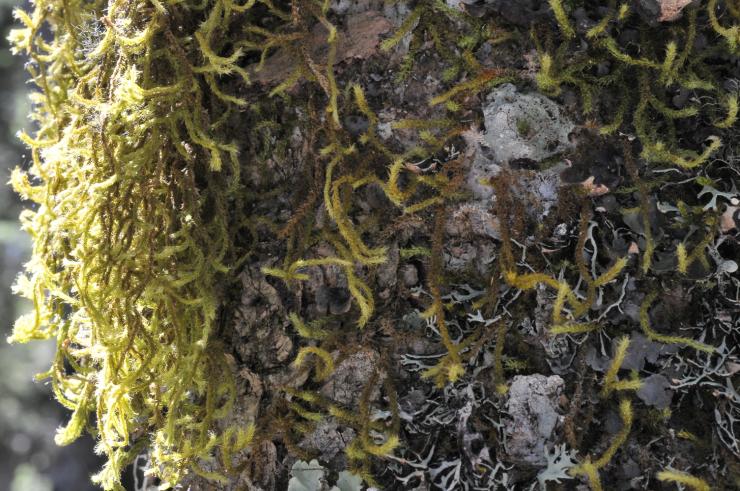
image from: https://taieol.tw/muse/digi_object/5c288503a07b98ea98b8f1ea8f885b55
Exploring the Fascinating World of Pilopogon lorentzii M.Fleisch. Moss
Mosses are small but mighty plants that play crucial roles in ecosystems around the world. Today, we’ll take a closer look at one particularly interesting species: Pilopogon lorentzii M.Fleisch., also known simply as Pilopogon. This moss belongs to the Leucobryaceae family and has some unique characteristics worth exploring. Let’s dive in!
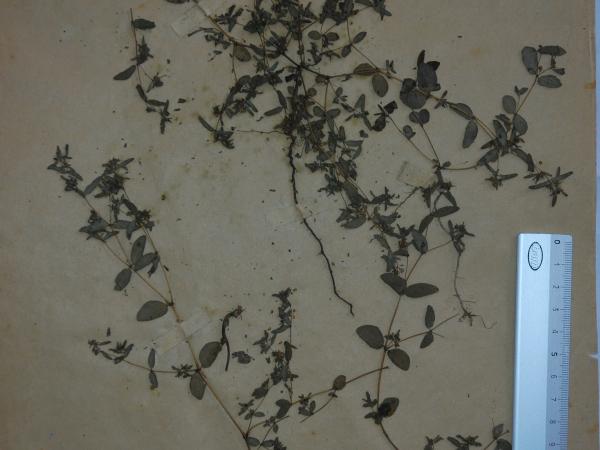
image from: https://jardinbotanico.montevideo.gub.uy/node/10/coleccion/herbario/euphorbiaceae/euphorbia-lorentzii-muller-agroviensis-0
Background on Bryophytes
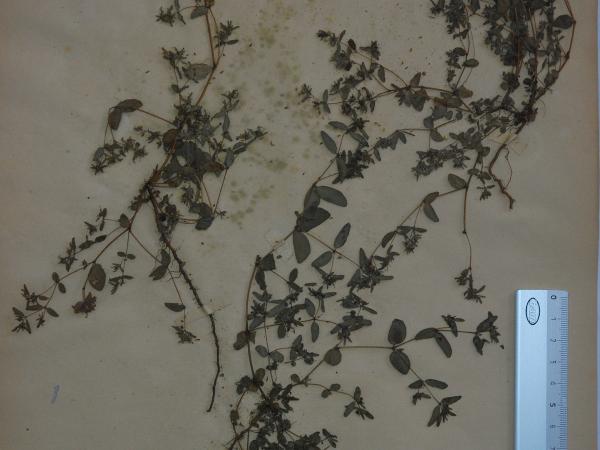
image from: https://jardinbotanico.montevideo.gub.uy/node/10/coleccion/herbario/euphorbiaceae/euphorbia-lorentzii-muller-agroviensis-0
Before we get into the specifics of Pilopogon lorentzii, it’s helpful to understand a bit about mosses in general. Mosses are non-vascular plants in the division Bryophyta. They lack true roots, stems, and leaves, instead having simple structures that serve similar functions. Mosses reproduce via spores rather than seeds and are found in a wide range of habitats across the globe.
Morphology and Identification
Pilopogon lorentzii is a relatively small moss, typically growing in compact tufts or cushions. Its leaves are lanceolate

image from: https://www.milueth.de/Moose/Neotropis/02Neotropis.html
(lance-shaped) and have a distinctive white, glossy appearance due to the presence of large, empty cells called leucocysts. These leucocysts help the moss retain water in dry conditions. The seta (stalk) of the sporophyte capsule is reddish-brown in color.
Global Distribution and Habitat
This species is found in tropical and subtropical regions

image from: https://blogs.ubc.ca/biology321/?page_id=4773
of the Americas, including Mexico, Central America, the Caribbean, and parts of South America. It grows on tree trunks, branches, and logs in humid forests, often in mountainous areas at elevations between 500-2500 meters.
Ecological Roles and Adaptations
Like many mosses, Pilopogon lorentzii plays important roles in its ecosystem:
- Water retention: Its cushion-like growth form and leucocysts help trap and retain moisture, preventing water loss in dry periods.
- Habitat for microorganisms: The nooks and crannies between the leaves provide shelter for tiny invertebrates and microbes.
- Nutrient cycling: As the moss decomposes, it releases nutrients back into the soil for other plants to use.
The unique adaptations of Pilopogon lorentzii, such as its leucocysts and compact growth, allow it to thrive in the humid but sometimes dry conditions of its native range.

image from: https://www.pinterest.es/pin/532691462152299469/
| Characteristic | Description |
|---|---|
| Division | Bryophyta |
| Class | Bryopsida |
Family
 image from: https://inpn.mnhn.fr/espece/cd_nom/5922 |
Leucobryaceae |
| Genus | Pilopogon |
| Species | P. lorentzii |
| Growth form | Tufts or cushions |
| Leaf shape | Lanceolate |
| Leaf color | Glossy white |
Seta color
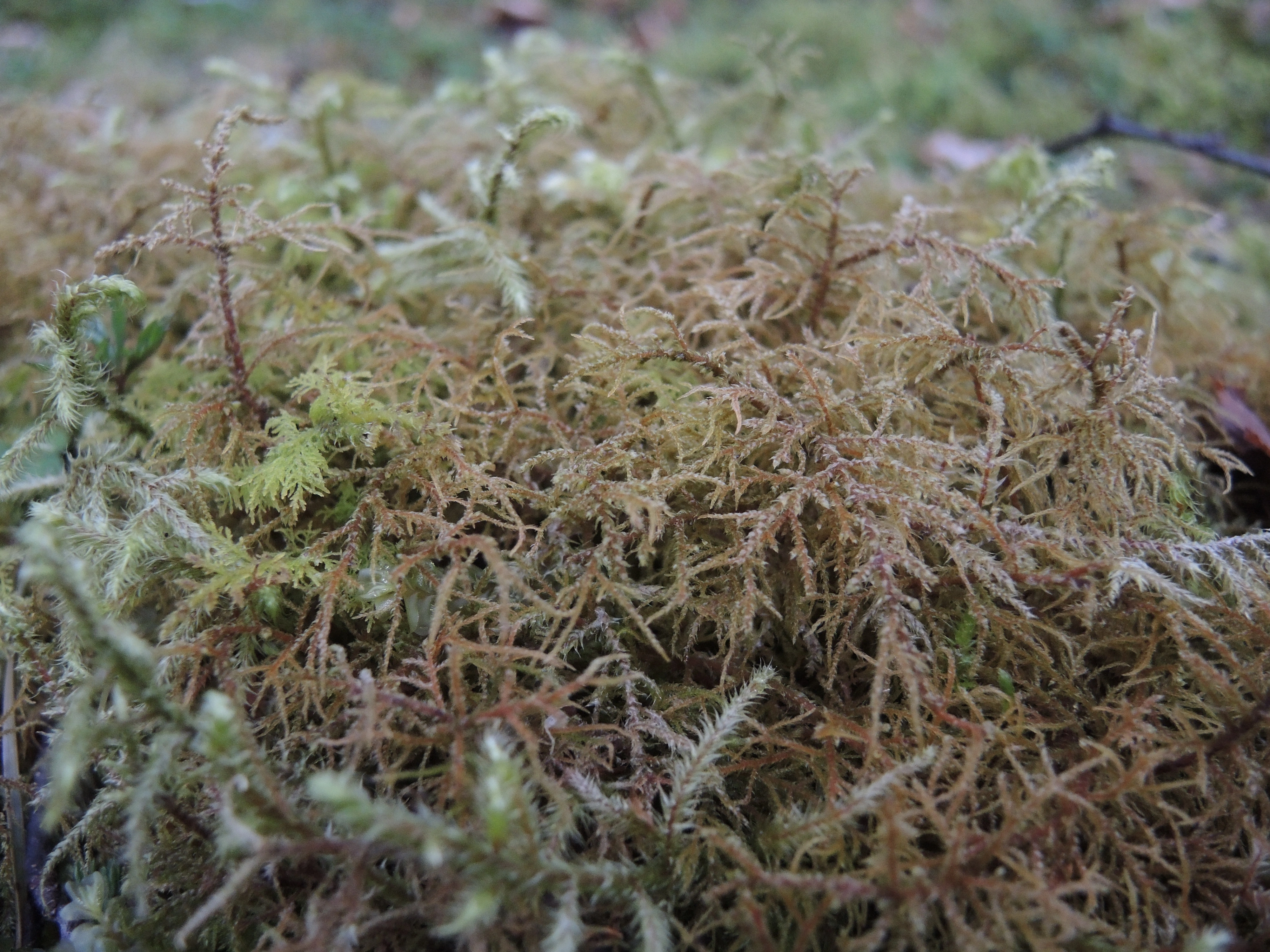 image from: https://www.artsdatabanken.no/Pages/234498/Etasjemose |
Reddish-brown |
| Habitat | Tropical/subtropical forests |
| Substrate | Tree trunks, branches, logs |
| Elevation range | 500-2500 m |
Conclusion
Pilopogon lorentzii M.Fleisch. may be a small moss, but it has some big ecological impacts. Its unique adaptations allow it to survive in specific habitats and contribute to important processes like water retention and nutrient cycling. Next time you’re in a tropical forest, keep an eye out for this glossy white moss – and take a moment to appreciate the complex roles it plays in its ecosystem!

image from: https://es-academic.com/dic.nsf/eswiki/975856
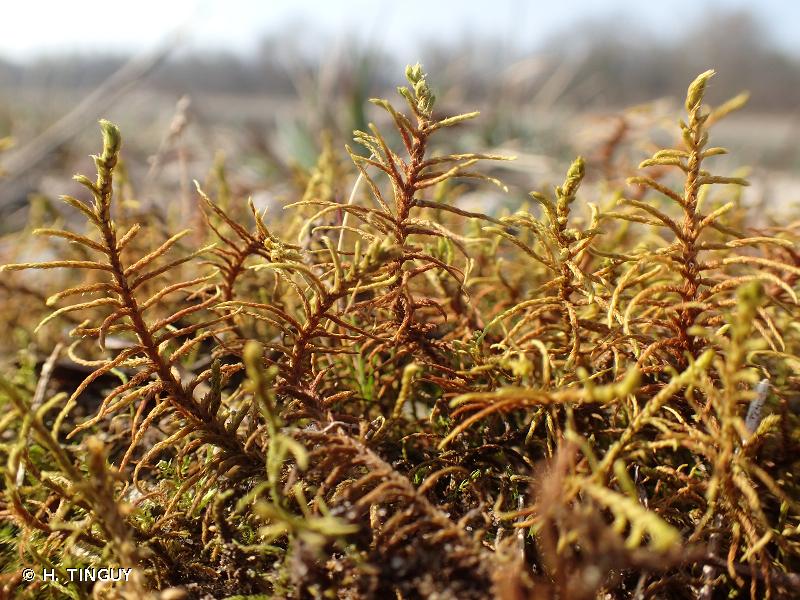
image from: https://inpn.mnhn.fr/espece/cd_nom/5422
What other cool bryophytes have you encountered in your adventures?